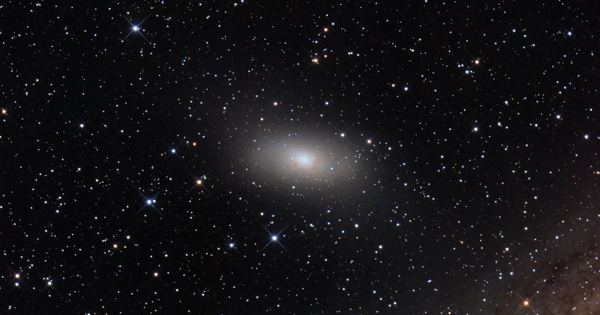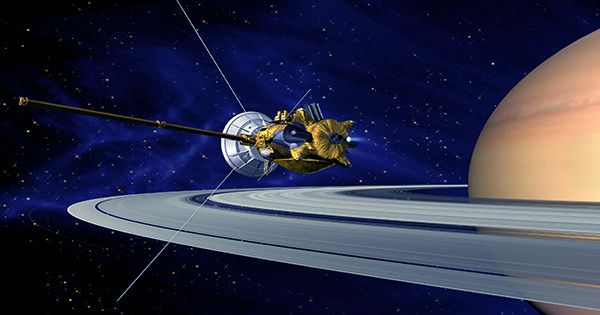Dwarf elliptical galaxies (dEs) are smaller elliptical galaxies than regular elliptical galaxies. This is a form of galaxy that belongs to the larger category of dwarf galaxies. Their small size, low luminosity, and lack of strong spiral arms or observable characteristics distinguish them.
Dwarf elliptical galaxies are classed as ellipticals because to their smooth, featureless appearance and are part of the Hubble sequence of galaxies. They’re common in galaxy groups and clusters, and they’re usually seen with other galaxies.
Examples
“Dwarf elliptical” galaxies should not be confused with the rare “compact elliptical” galaxy-class, the prototype of which is M32, a satellite of the Andromeda Galaxy. Because of their close proximity, dwarf ellipticals NGC 147 and NGC 185 were verified as members of the Local Group in 1944 by resolving them into individual stars. dEs were also detected in the nearby Fornax and Virgo clusters in the 1950s.
Here are some key characteristics of dwarf elliptical galaxies:
- Size and Luminosity: Dwarf elliptical galaxies are often much smaller and less brilliant than standard elliptical or spiral galaxies. They are frequently a few thousand to tens of thousands of light-years across.
- Shape: These galaxies have an elliptical or spheroidal form, as the name implies. They lack the distinctive spiral arms observed in spiral galaxies.
- Stellar Population: These galaxies are mostly made up of old stars, with little active star formation. They contain a lesser amount of gas and dust than larger galaxies, which inhibits their potential to produce new stars.
- Galaxy Clusters: Dwarf ellipticals are often found in clusters of galaxies, where they can be satellites of more massive galaxies or central dominant members of small galaxy groups.
- Dark Matter: Like other types of galaxies, dwarf ellipticals are believed to contain dark matter, which plays a significant role in shaping the overall structure and dynamics of the galaxy.
Dwarf elliptical galaxies are assumed to be relics of larger massive galaxies that have undergone severe tidal interactions and mergers, resulting in gas and star stripping. As a result, they have a compact spheroidal structure.
Because of their importance in understanding galaxy formation, development, and the role of dark matter in sculpting the universe’s large-scale structure, dwarf elliptical galaxies have been the focus of extensive research and observation.
















